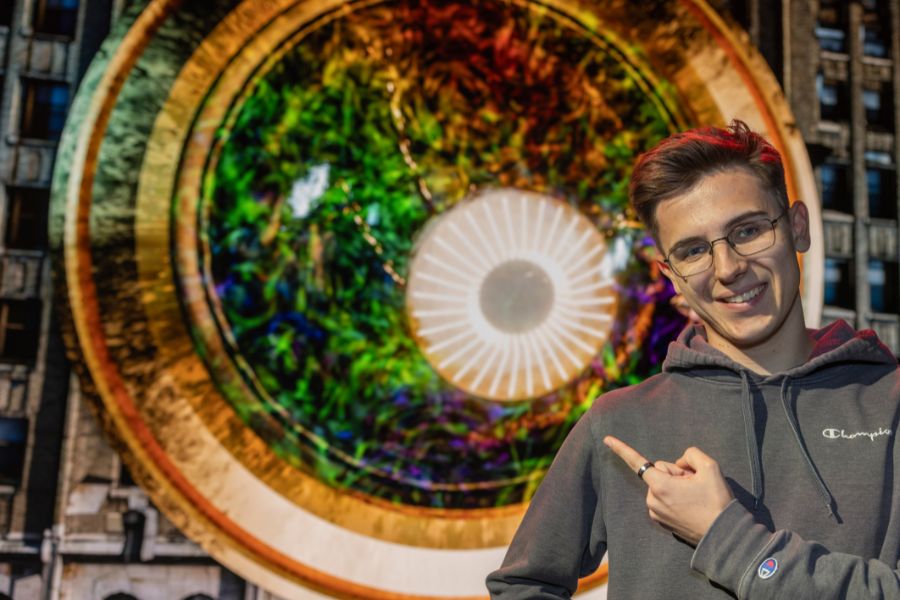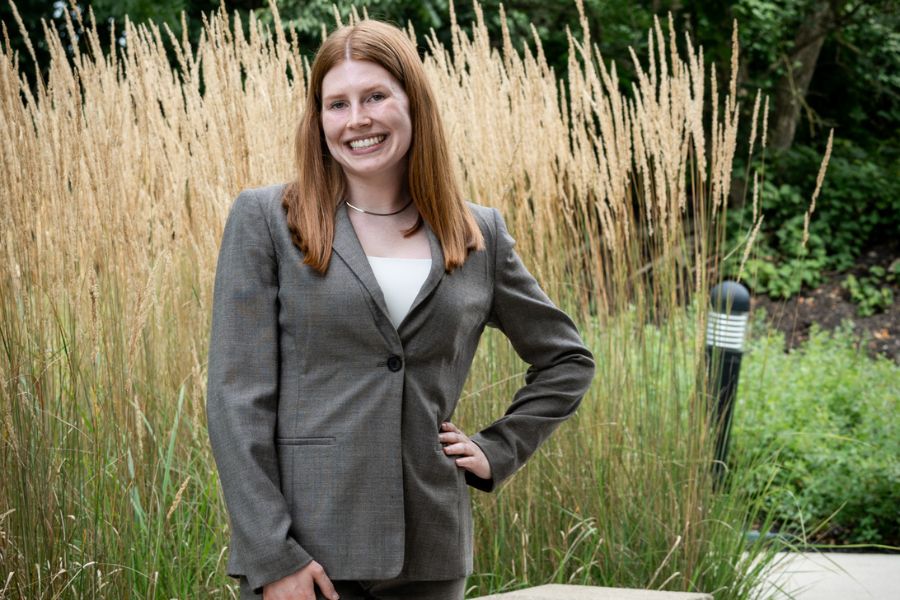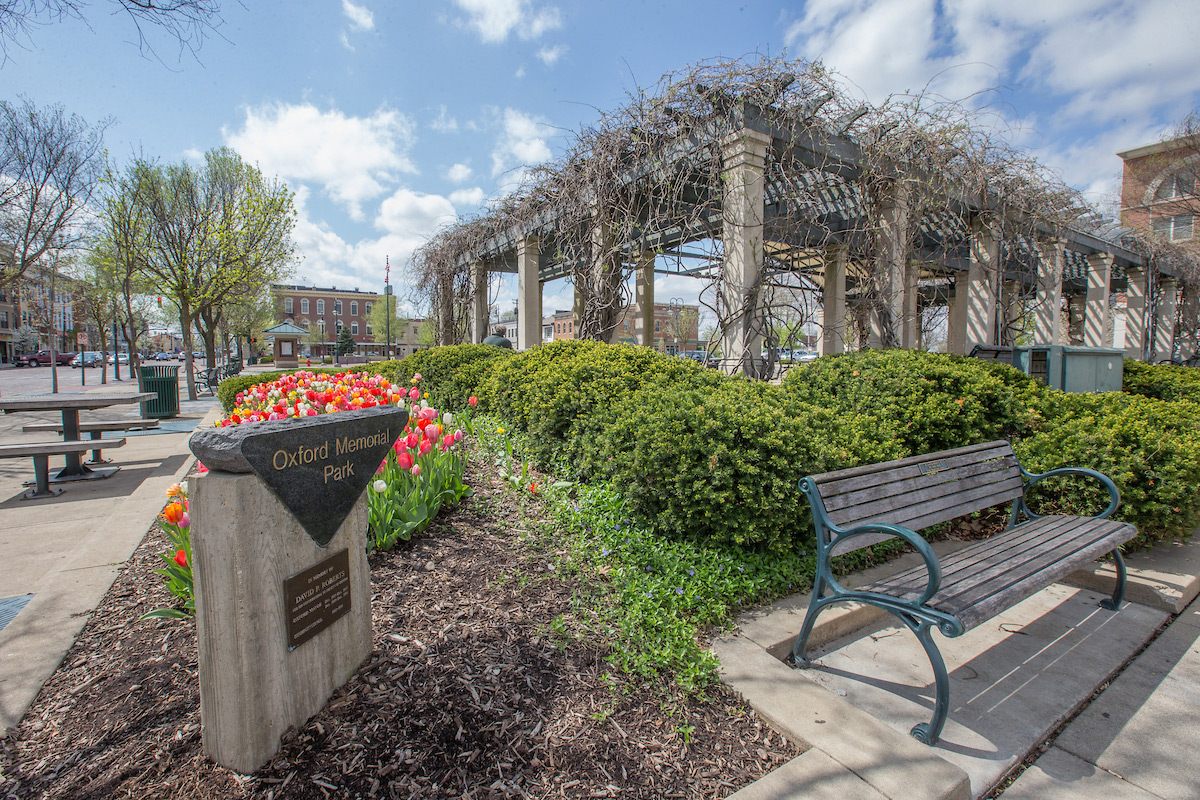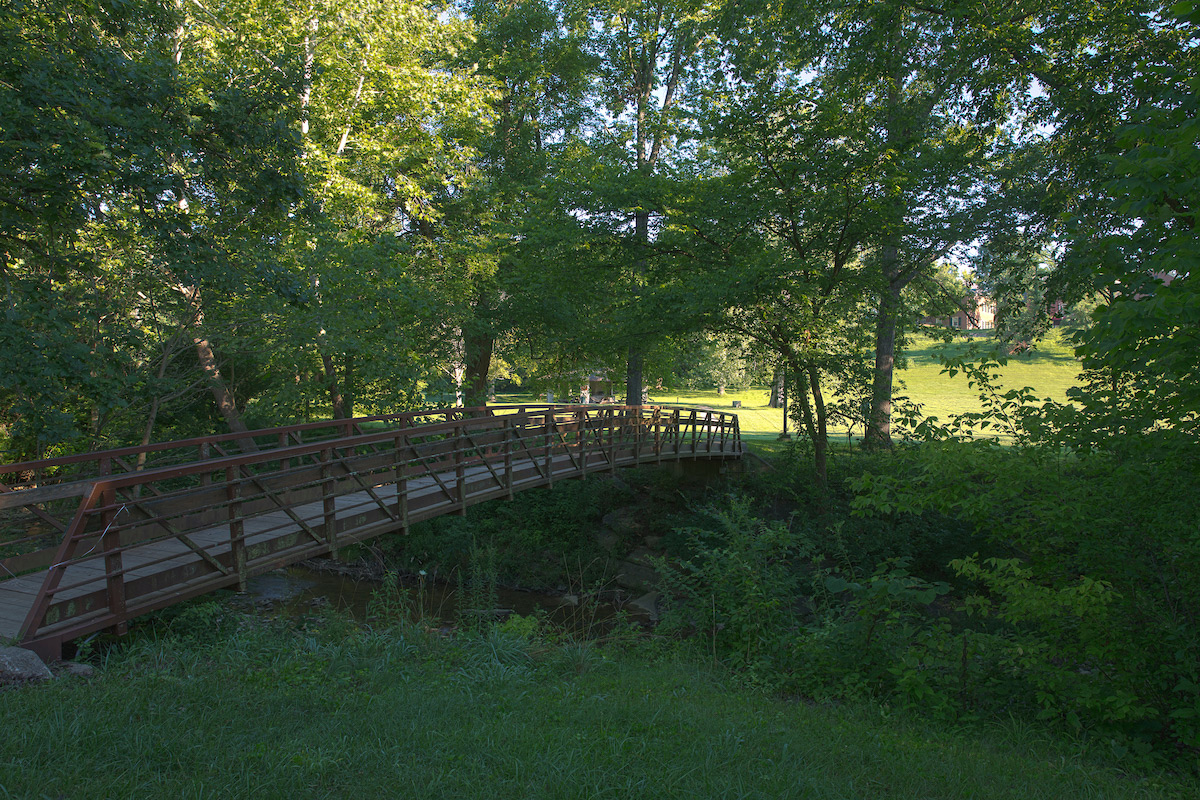
Empowering Creative Minds to Transform the World
Welcome to the College of Creative Arts, Miami's center for a broad liberal education, intersecting with all forms of art and design to build a more innovative and beautiful tomorrow.
Get Inspired: Create Your Success Story in CCA


No. 8
Undergraduate Game Design Program among public universities (#29 overall) | The Princeton Review, 2025
98%
Post-graduation success rate (Oxford Bachelor's Degree Recipients, 2022-2023) | Miami University Data
Connect to our Powerful Network
To help young creatives thrive, the CCA Advisory Board launched a supportive group of CCA alumni nationwide. The program provides mentorship for new graduates and the ability to collaborate with powerful creative professionals in key metropolitan areas.

This is our story. Make it yours.
Want to know what the Miami experience is all about? Meet the people who make Miami such a special place.
Micah Ballard ’24
Jojo Peregrina '25
Cece Meinking '25
College of Creative Arts Student Spotlights

Emerging Technology in Business and Design

Emerging Technology in Business and Design

Emerging Technology in Business and Design
The Latest
Upcoming Events
CCA Quick Notes
October 31, 2025
October 31, 2025
Customize Your Creativity
In Miami’s CCA, you don’t have to be conventional or predictable. You can be whatever the best version of yourself looks like. And you don’t have to focus on just one area of study. You can combine a major in the creative arts with another major (or co-major or minor) inside or outside of CCA. Want to start your own graphic design business? Get a degree in Communication Design. Add a co-major in Arts Management and Entrepreneurship. Open up shop.

CCA programs offer professional-level experiences through our strong relationships with community organizations and alumni. Real-world learning opportunities mean actually working alongside practicing creatives in their fields.
Quick Links

With our own career center liaison, CCA is equipped to work with you from day one of your Miami experience. We’re serious about building the relationships you need to connect with high-level creatives and global learning experiences. And, when it’s time to graduate, we’re equally as serious about making sure you thrive in your professional life, at every step of your career.

Our focus in preparing students for global engagement—whether as practitioners, educators, creators, advocates, or patrons—means that we foster the necessary opportunities to pursue scholarly inquiry wherever it takes you. Our international programs provide meaningful education and internship opportunities in visual arts, architecture, emerging technology, music, and theatre.

College of Creative Arts
104 Center for Performing Arts420 S Patterson Ave.
Oxford, OH 45056 cca@MiamiOH.edu 513-529-6010
Follow The College of Creative Arts

Visit


